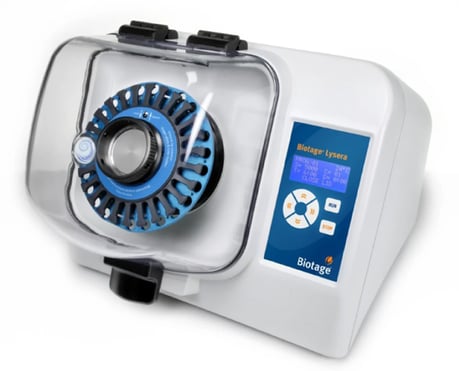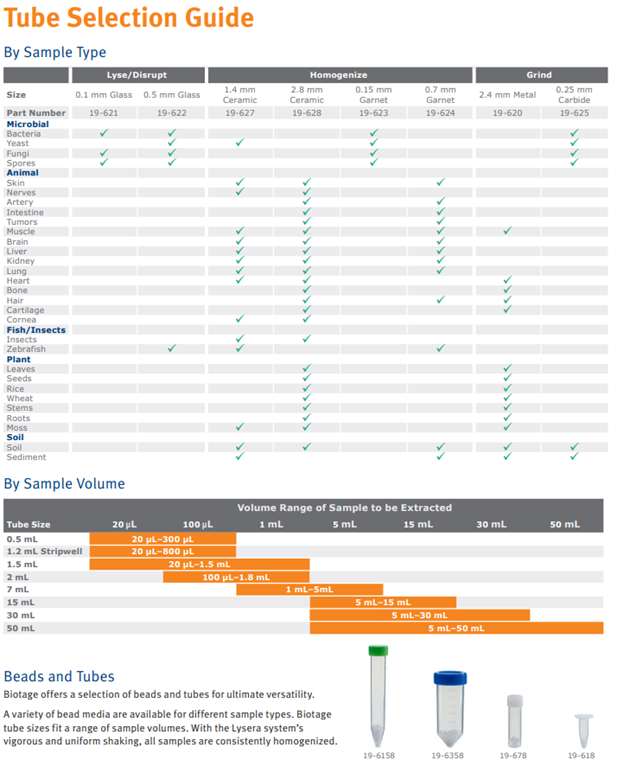Sep 27, 2023 10:16:43 PM
What is automated bead mill homogenization and when do I need it?
By Amber Cain

What is bead mill homogenization? Well, first we need to understand that homogenization is the process of making something uniform. So, what is bead mill homogenization? Bead mill homogenization is a technique that uses a reinforced tube filled with beads, a sample, and potential solvent to create a uniform mixture.
So, let’s say we have a liver sample, and we want to analyze a compound within the matrix. Well, we know we can’t take that liver and push it through a SPE sorbent as is, so we need to homogenize the sample. We are going to take our reinforced tube and put beads and liver in the tube. Next, we are going to add some solvent. This is going to be placed in a device (see Figure 1) that will shake the tubes with the sample, solvent, and beads at a high-speed breaking down the sample to a homogenate.
The homogenate can then be cleaned up via traditional sample prep means such as PPT+, PLD+, SLE+ SPE, etc. This technique has a wide range of applications such as determining drugs of abuse in hair, extracting THC and metabolites from human hair or human nails, to a steroid panel in horse hair.
Figure 1. Biotage® Lysera Homogenization System
Because there are various types of tissues that can be analyzed, such as liver, hair, muscle, etc. being able to adjust your homogenization to a specific matrix is key to success. The Biotage® Lysera allows the user to control the number of cycles, speed (m/s), time (sec), and dwell time (sec). This automation allows for consistent sample handling between users in laboratories. In addition to choosing the programs, the users can choose tube sizes and types of beads. Refer to Figure 2 for specific details on sample types and volumes and corresponding tubes and beads. Because not all matrices are the same it is important we use the appropriate bead type and size to completely homogenize the sample. These combined levels of control allow better sample integrity without chemical degradation and user variability.
Let’s go back to our liver example. Based on the table below we can defer we will use ceramic beads (bead size dependent on tissue sample size). But remember earlier we said the goal of homogenization is changing the physical properties without changing the chemical properties. Liver and other soft tissues naturally have a lot of enzymes and other endogenous components that we don’t want to chemically disrupt. Heat addition can easily change these endogenous components, so we need to control the heat generated from the beads hitting the tubes at high speed. Lucky for us we can combat this with the addition of a cryo unit that will allow your samples to maintain a cool temperature avoiding any chemical degradation from the heat generated during homogenization.

Figure 2. Tube Selection Guide for Biotage® Lysera
Published: Sep 27, 2023 10:16:43 PM


